This post may contain affiliate links.
Pigeon peas are the seeds of the pigeon pea plant and they are edible. The Latin name for the species is Cajanus Cajan or Cajanus Indicus.They are a type of lentil, pea, or seed and the pigeon pea plant is a tropical perennial legume of the family Fabaceae. This makes is a very useful, and beautiful, plant in a tropical garden. You’ll find pigeon pea recipes in several tropical countries, like Trinidad, India, Africa, the Bahamas, and Jamaica. The pigeon pea plant or bush (it can get to small tree size) is easy to grow and the plant has many uses in the garden, as tea, as medicine, and as food for animals and people. This post is about the pigeon pea, one of my favourite garden plants, and what to do with it. We also give you pictures of the plant, flowers and leaves.

The pidgeon pea lentil is a split lentil, it is beige to yellow in the outside and more yellow inside. When used fresh it is a tropical green pea.
Pigeon Peas
Pigeon peas are highly nutricious. Being seeds they are rich in protein. This makes them a staple food in countries such as India. The size of the plant makes it easy to produce a sizeable crop, but you do need a fair amount of space for them.
Our pigeon pea plants are as tall as our single-story house and almost as wide as they are high. As such, each plant produces hundreds of seeds in one large crop. For us, this happened first in the winter months.
Since the first flowering and seed setting, they have produced some flowers and pods year-round.
Pigeon Pea Flowers

Pigeon pea flowers are bright red and yellow and the plant produces them in abundance for several weeks. Insect pollinators love the pigeon pea flowers and our bushes swarm with bees while the pigeon peas flower.
Once pollinated the petals fall and the seed pods grow. After the first flush of blooms, the pigeon peas have continues to bloom year-round, in lower volume.
Pigeon Pea Leaves
Pigeon pea leaves are soft and velvety, they’re very pleasant to touch and have a slight silvery sheen.
Other Names For Pigeon Peas
Pigeon peas are also known as tur, arhar, red gram, cajan pea, dal (dahl), catjang pea, congo pea, toor dal, no eye pea, and gungo peas. They are grown and consumed in many countries and given many names.
- Sanskrit: Adhaki,
- Hindi: Arhar, Toor
- English: Pigeon pea,
- Bengali: Tur
- Gujarati: tuver
Pigeon Pea Medicinal Properties
Pigeon pea plants have long been used for their medicinal properties. It is thought that it can help with stomach upsets, sleep, wound healing, and pain relief. I’m not here to give you medical advice and I’ve never tried using this plant as a medicine myself, but there is scientific research on this in this research paper.
Other Uses of Pigeon Pea Plants
Pigeon peas make great green manure. This means you can chop and drop them in your tropical garden to serve as a decomposing mulch to nurture your soil. They’re perfect for making low-cost homemade fertilisers.
Pigeon pea leaves are also used in silk worm husbandry. The plants and pods can be used as animal fodder and young shoots and stems can even be boiled and served as a green vegetable.
You can grow the plants as a thin hedge, for shade, or a windbreak, and they can also be used as a frame for some smaller climbing plants.
Where To Get Pigeon Pea Seeds
The best way to get hold of pigeon pea seeds is to find a local gardener who is successfully growing the plant in your area. They should have plenty of seeds.
I did eventually find pigeon pea seeds to buy online, but they were pretty difficult to track down and they were expensive.
How to Grow Pigeon Peas
I was told by the nursery who sent me the seeds not to plant them until the start of the wet season. I did just that. But I also got my hands on more seeds from a friend and planted them in October (that’s spring for us, a month or so before the wet season). Both did just fine.
I have pigeon peas in several locations and those in a sunnier spot grew more abundantly and flowered earlier, producing more seeds for me, and more biomass for my garden.
The usual direction is that the temperature must be at least 25C for germination. You should plant them about 2cm – 2.5 cm deep in situ or in deep seed pots to transplant out later.
Most legumes don’t like being transplanted much because they send out deep taproots. Soaking the seeds first can help germination.
Pigeon peas aren’t fussy about pH and soil quality and actually tolerate wet season soil pretty well. So long as you don’t get a frost and temperatures aren’t above about 35C you should probably be OK.
Bear in mind that very few plants like sitting in standing water, do what you can to help their drainage in tropical conditions. Plants produce pods after their first season. I would suggest planting the peas quite widely spaced, at least 35cm, these are big plants, mine are about 2m tall, they can reportedly get to almost 5m tall.
If you’re in the US the suggested zones for pigeon pea cultivation are gardening zones 9 to 15. Check your zone on the USDA plant hardiness map. This map compares these US zones with those in Australia. There are very few places in Australia, mostly mountainous regions, where it gets too cold for pigeon peas.
We’re in tropical north Queensland, and the climate seems to suit pigeon pea plants just fine. Yes, you can grow pigeon peas in north Queensland Australia, I do!
It’s possible to innoculate the pea seeds with a specific bacteria (Rhizobium) to aid the symbiotic process in Nitrogen fixation.
Pigeon Peas in Tropical Permaculture
Pigeon peas are a fantastic tropical permaculture plant, offering food for animals and humans, insect attracting flowers, and rapid growing abundant foliage for chop and drop mulch during pruning.
Pruning isn’t strictly necessary, but chopping branches off for mulch is easy to do and the plant should grow back well.
A line of pigeon pea plants can form a useful wind or sun break and shelter tender plants. The foliage of a pigeon pea plant is fairly sparse, so that some sunlight can pass through the branches and reach other young plants within a guild.
It is common to plant pigeon peas between fruit trees for chop and drop or nitrogen fixation, and they can serve as a living trellis for some climbing plants.
Their deep tap roots help improve soil structure and these plants will self-seed (volunteer) prolifically, giving you even more mulch material.
You can also use pigeon peas as a cover crop in the wet season. Their roots and canopy can help preserve soil and protect your land from water erosion and leaching.
Harvesting, Shelling and Cooking Pigeon Peas

Shelling pigeon peas is incredibly labour-intensive and time-consuming to do by hand. The harvested basket of pigeon pea pods above is a tiny fraction of the pods produced by just 3 plants, they’re good producers.
We started harvesting pigeon peas when all the green had gone out of the pods and they were starting to dry. Shelling this basket took me 45 minutes. A lot of the peas were bad, and the total yield was enough for a small pea and pumpkin curry for 4 people.

This is survival food, you have to be very serious about tropical permaculture and being self-sufficient to put in the time to shell and cook pigeon peas. However, fresh lentils like these knock store-bought lentils or dried peas out of the ring in terms of flavour and texture.
We made a pigeon pea curry using chillies, curry leaf, turmeric, ginger, and pumpkin from the garden. Plus onion, garlic, and spices. We have spices growing, but they’re not ready yet.
Harvesting Pigeon Peas
Harvesting pigeon peas by hand is very time-consuming and labour intensive. The person doing the harvesting will also encounter a lot of bugs and an unpleasant sticky substance that coats the pods. I would advise you to wear gardening gloves.
You can harvest pigeon peas as fresh green peas, or leave them to try in the pod, harvest later, and use them as lentils.
Can Chickens Eat Pigeon Peas?
Yes, chickens can eat pigeon peas, raw or cooked. Growing pigeon peas as a protein-rich food supplement for your flock is a good idea.
Young green pigeon peas, straight from the pod, are a tasty snack for chickens, turkeys, and humans.
Chickens will, of course, scratch up and destroy young pigeon pea plant, but established pigeon pea bushes should be chicken-proof. You can use rocks, netting or wire to protect young pigeon pea plants from your free-range garden flock.
How Long Does a Pigeon Pea Tree Live?
It’s normal for a pigeon pea plant (it’s a small tree, bush, or shrub with an open habit) to live up to eight years. In some instances, it will only last a few years.
As it is a perennial it will grow year after year and you can cut it down for green mass, much, chop and drop or compost. We find that small birds (sunbirds, like hummingbirds, sort of) love to perch in the branches and some big birds do come and raid the seeds.
I hope you found our round-up on what are pigeon peas useful. Hopefully, in time we can add some pigeon pea recipes of our own. Did I mention I’m married to a Chef? These lentils are the key ingredient in Gujarati Dal and can be used fresh or dried. Unfortunately, like most lentils and small peas, harvesting is very labour intensive. Despite this, it’s one of my favourite food plants to grow in the tropics as it’s a good source of protein, carbs, and vitamins A and C. It’s also really pretty!
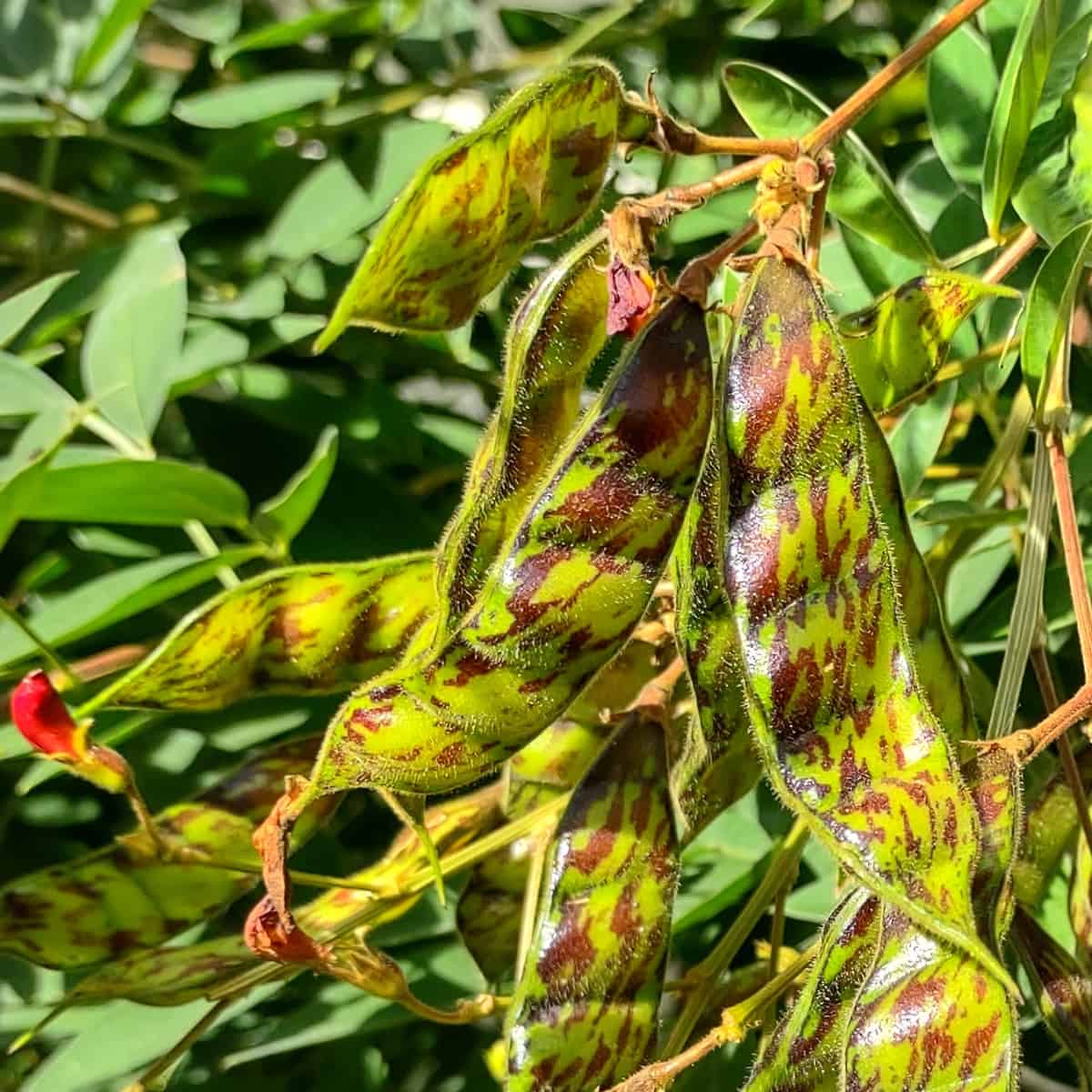
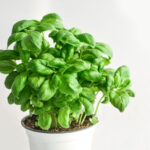
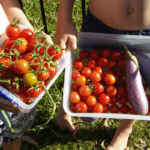
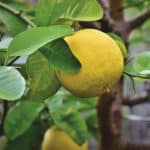
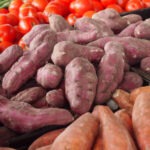
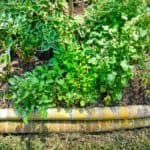



Hi there ! Just wanted to say I found your article very informative. Your website is a mine of information, I could read it for hours. Please keep it up ! Thanks.
Thanks so much! I almost quit after the last Google update, it was devastating, but maybe not if people find it “helpfull.” It was “The helpful content” update – how ironic.
In Puerto Rico and Dom. Rep. we call them “gandules” and they are a staple food eaten together with rice.
Thank you!